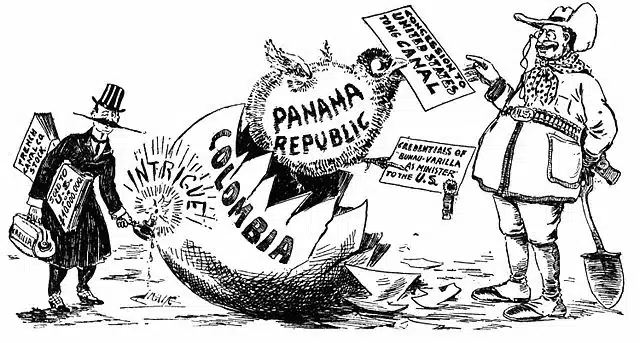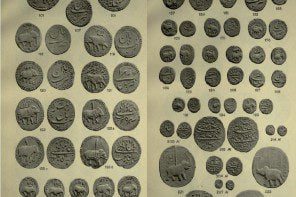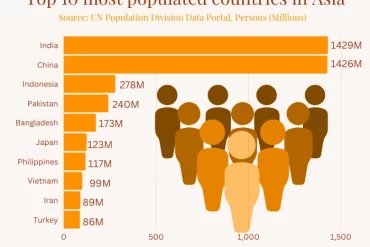Big Stick Diplomacy, also known as “speak softly and carry a big stick,” is a strategic approach to international relations that involves combining diplomacy with the threat of military force. This foreign policy tactic gained prominence during the late 19th and early 20th centuries, particularly under the administration of President Theodore Roosevelt in the United States. The idea behind Big Stick Diplomacy is to assert national interests, maintain stability, and promote peace while keeping potential adversaries cautious through a show of military strength. In this article, we will explore the concept of Big Stick Diplomacy and examine its impact on international events and history.
Origins of Big Stick Diplomacy
Big Stick Diplomacy was rooted in the belief that diplomacy should be backed by military strength, providing leverage in negotiations and deterring potential aggression. The term itself comes from an African proverb that Roosevelt often used to describe his approach: “speak softly and carry a big stick; you will go far.”

The most prominent application of Big Stick Diplomacy was during the construction of the Panama Canal. In 1903, the United States supported Panama’s independence from Colombia to gain control over the strategically important canal zone. The presence of the U.S. Navy and the threat of military intervention influenced negotiations, ensuring the successful completion of the canal.
Examples of Big Stick Diplomacy in International Events
The Russo-Japanese War (1904-1905)
President Roosevelt played a crucial role in mediating the conflict between Russia and Japan, which culminated in the Treaty of Portsmouth. He was awarded the Nobel Peace Prize for his diplomatic efforts in resolving the war.
Venezuela Crisis (1902-1903)
When Venezuela faced debt-related issues with European powers, the U.S. intervened, warning against any potential military action. This intervention through the Monroe Doctrine demonstrated America’s willingness to use force to protect its interests in the Western Hemisphere.
Great White Fleet (1907-1909)
President Roosevelt sent a fleet of 16 battleships, known as the Great White Fleet, on a world tour to showcase American naval power. This show of strength aimed to deter potential adversaries and bolster U.S. influence on the global stage.
Dollar Diplomacy
During the administration of President William Howard Taft, Big Stick Diplomacy was combined with Dollar Diplomacy. This approach used American economic influence to expand U.S. commercial interests overseas, primarily in Latin America and Asia.
Impact and Criticism
Big Stick Diplomacy had a significant impact on shaping U.S. foreign policy during the early 20th century. It allowed the United States to assert itself as a major global power and protect its national interests. The threat of military action deterred potential adversaries, promoting stability and peace in many cases.
However, Big Stick Diplomacy also faced criticism for its assertive and interventionist approach. Critics argued that this policy could lead to unnecessary conflict and disregarded the sovereignty of other nations. Some international events showed the limitations of Big Stick Diplomacy, leading to tensions and conflicts that required alternative approaches.
Summary of the Big Stick Diplomacy
In conclusion, Big Stick Diplomacy remains a notable chapter in the history of international relations. It exemplifies the delicate balance between diplomacy and military strength. It was an approach that allowed the United States to establish its position as a major global player. Although the policy faced criticism, it played a significant role in shaping the course of international events during the early 20th century. Today, diplomatic strategies have evolved, emphasizing multilateralism, cooperation, and negotiation as key components of modern foreign policy.







